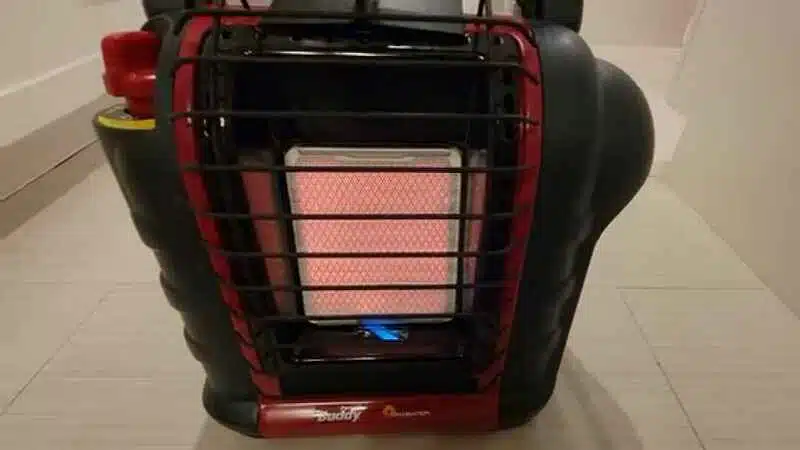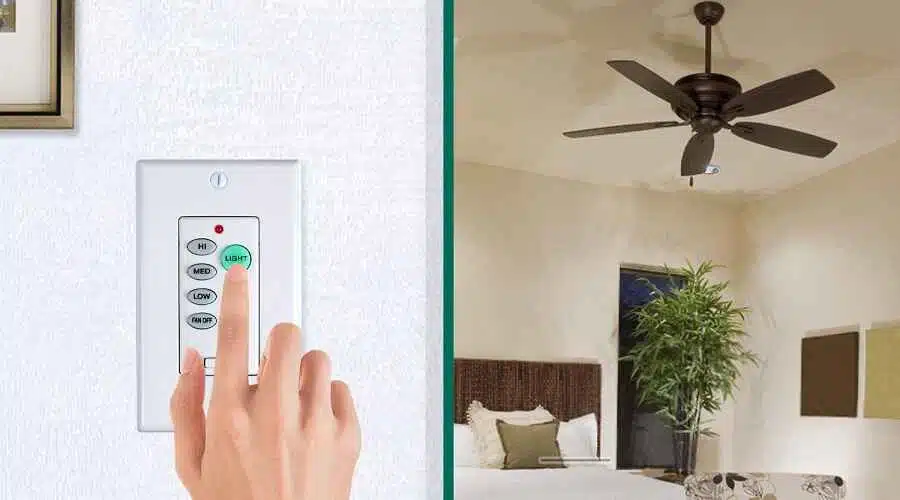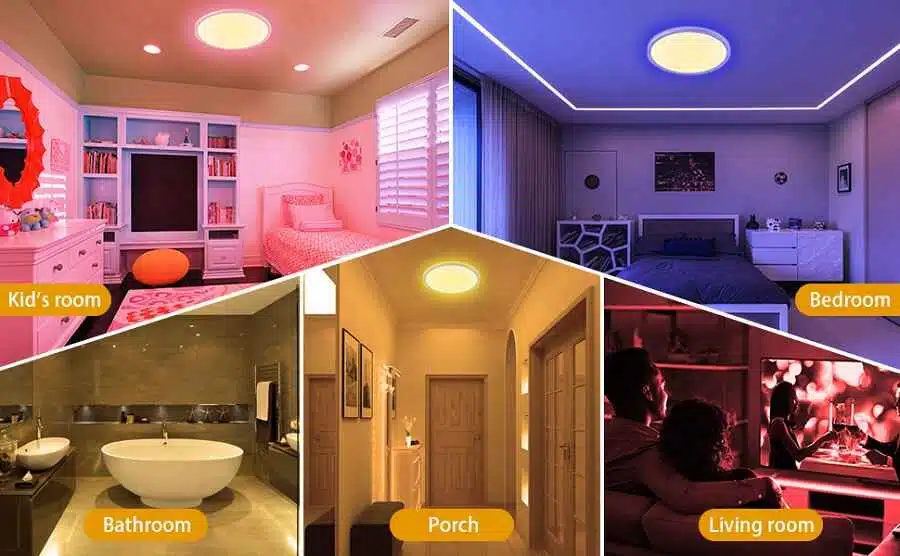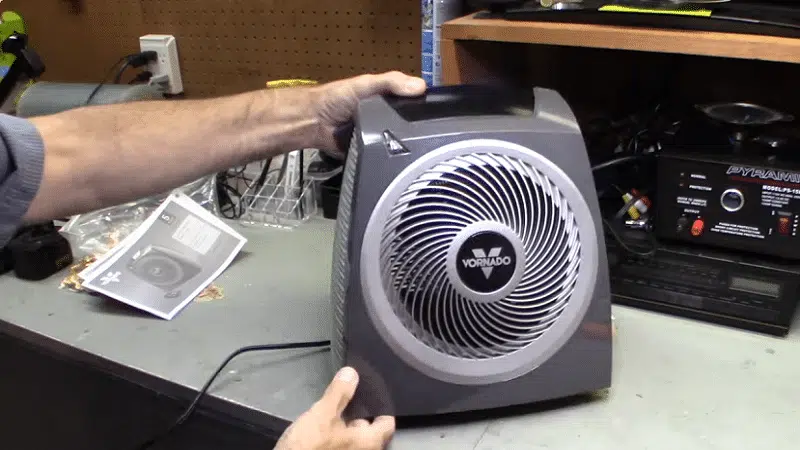Portable propane heaters are a popular choice for heating small spaces or outdoor areas. They provide a convenient and efficient way to heat up an area without the need for a permanent installation.
However, the use of propane heaters also comes with the risk of carbon monoxide (CO) production, which is a colorless and odorless gas that can be deadly when inhaled. Proper ventilation is essential to ensure that the CO produced by the propane heater is safely expelled to the outside.
Answer:
Propane heater must have a proper ventilation system to keep the good airflow, if you don’t allow fresh oxygen to enter in the room, the level of carbon monoxide will shoot up to consume the remaining oxygen causing severe issues leading to suffocation and some time death.
Understanding Portable Propane Heaters
Before we dive into the steps involved in venting a portable propane heater, let’s take a moment to understand how these heaters work. Portable propane heaters burn propane gas to produce heat, and this process generates fumes that contain carbon monoxide. Carbon monoxide is a toxic gas that can cause headaches, dizziness, nausea, and in severe cases, death.
To prevent the buildup of carbon monoxide, it’s essential to properly vent your portable propane heater to the outside. In this article, we’ll guide you through the steps involved in venting your heater safely and efficiently.
How To Vent A Portable Propane Heater? What to Know:
Follow these steps:
Step 1: Read the Owner’s Manual
Before you begin venting your portable propane heater, it’s crucial to read the owner’s manual thoroughly. This manual will provide you with all the necessary information about the specific model of heater you own, including the type of venting system required.
Step 2: Choose the Right Location
The next step is to choose the right location for your portable propane heater. It should be placed in an open and well-ventilated area, away from any flammable objects or materials. Also, make sure the area has enough clearance for the heater to function properly.
Step 3: Install the Venting System
The venting system is the most critical component in properly venting a portable propane heater. There are different types of venting systems available, including direct-vent, power-vented, and chimney-vented systems. The type of venting system required will depend on the specific model of your heater, so be sure to consult the owner’s manual for guidance.
Step 4: Connect the Vent Pipe
Once the venting system is installed, the next step is to connect the vent pipe. This pipe will channel the gases and fumes produced by the heater to the outside. Make sure to follow the manufacturer’s instructions for connecting the vent pipe to the venting system.
Step 5: Test the Heater
After the vent pipe is connected, it’s time to test the heater. Turn on the heater and let it run for a few minutes to make sure it’s working properly. Observe the flame and check for any leaks or signs of improper venting.
Step 6: Check for Carbon Monoxide
Finally, it’s important to check for carbon monoxide. Portable propane heaters produce carbon monoxide, which can be deadly if it accumulates in a poorly ventilated area. Install a carbon monoxide detector near the heater to alert you in case of a carbon monoxide build-up.
Do Portable Propane Heaters Need to be Vented?
Propane heaters produce carbon monoxide (CO) as a byproduct of the combustion process. Although small amounts of CO are produced, it is important to properly vent the gas to ensure that it does not accumulate in the room and pose a threat to those inside.
Proper ventilation is necessary to ensure the safe operation of portable propane heaters. Venting allows the CO produced by the heater to be expelled to the outside, reducing the risk of CO exposure and poisoning.
How are Propane Heaters Vented?
The vent installation process for a portable propane heater will depend on the specific model and manufacturer. Some heaters come with a built-in vent, while others require a separate vent kit.
The materials used for vent construction can vary, but a common choice is a flexible aluminum duct. The duct must be installed with proper sealing to prevent CO from escaping and to ensure that the vent is airtight.
Height requirements for the vent will also vary depending on the manufacturer and model of the heater. Some heaters require the vent to be installed at a specific height, while others have a minimum height requirement. It is important to consult the manufacturer’s instructions to determine the correct height for the vent.
How Much Ventilation is Needed for a Propane Heater?
The amount of ventilation needed for a portable propane heater will vary based on the manufacturer and model. Some heaters have specific ventilation requirements, while others may have a general guideline for well-ventilated rooms.
As a rule of thumb, a well-ventilated room is considered to be a room with at least one open window or door and an adequate supply of fresh air. However, it is important to consult the manufacturer’s instructions to determine the specific ventilation requirements for your portable propane heater.
How Much Ventilation Does a Buddy Heater Need?
The amount of ventilation required for a Buddy heater will depend on the specific model and conditions of use. It is important to consult the manufacturer’s instructions to determine the proper ventilation requirements for your specific model.
Proper ventilation is essential for the safe operation of any propane heater, including Buddy heaters. The instructions should provide guidelines for proper ventilation, as well as any necessary precautions and safety measures.
What is the Safest Propane Heater?
When considering the safety of a propane heater, several factors should be taken into account, including certifications from recognized organizations, proper ventilation, and following the manufacturer’s instructions and guidelines.
Certifications from recognized organizations such as the American Gas Association (AGA) and the Canadian Standards Association (CSA) can provide peace of mind and assurance that the heater meets safety standards.
Regardless of the certifications, it is important to follow the manufacturer’s instructions and guidelines for safe operation, including proper ventilation and maintenance, to ensure that the heater operates safely.
Are Buddy Heaters Safe in Tents?
While Buddy heaters can be used in tents, it is important to follow proper safety precautions and guidelines to ensure their safe operation. This includes proper ventilation, following the manufacturer’s instructions, and using an outdoor-use propane heater specifically designed for tent use.
Using a propane heater in a tent without proper ventilation or without following the manufacturer’s instructions can be dangerous and increase the risk of carbon monoxide poisoning.
For safety, it is recommended to use an outdoor-use propane heater specifically designed for tent use, and to follow all of the manufacturer’s instructions and guidelines for safe operation.
Do Propane Heaters Need Electricity?
Most portable propane heaters operate on propane fuel, which does not require electricity. However, some models may have an electric ignition system for easier lighting.
The lack of electricity requirements for most propane heaters makes them a convenient choice for emergency heating during power outages.
Can I vent a portable propane heater through a window?
No, it’s not recommended to vent a portable propane heater through a window. This could lead to carbon monoxide build-up inside the room, which can be dangerous. Always follow the manufacturer’s instructions for proper venting.
Do I need a special venting system for my portable propane heater? Yes, you will need a special venting system for your portable propane heater. The type of venting system required will depend on the specific model of your heater, so be sure to consult the owner’s manual for guidance.
How often should I check for carbon monoxide? It’s recommended to check for carbon monoxide regularly, especially if you’re using your portable propane heater frequently. A carbon monoxide detector will alert you if there is a build-up of this gas.
Conclusion:
Proper ventilation is essential for the safe operation of portable propane heaters, including Buddy heaters. It is important to follow the manufacturer’s instructions and guidelines, as well as take into account certifications from recognized organizations when choosing a safe propane heater.
By considering these factors and following safe operation guidelines, propane heaters can provide a convenient and efficient source of heat, whether in an emergency or in a camping tent.





0 Comments